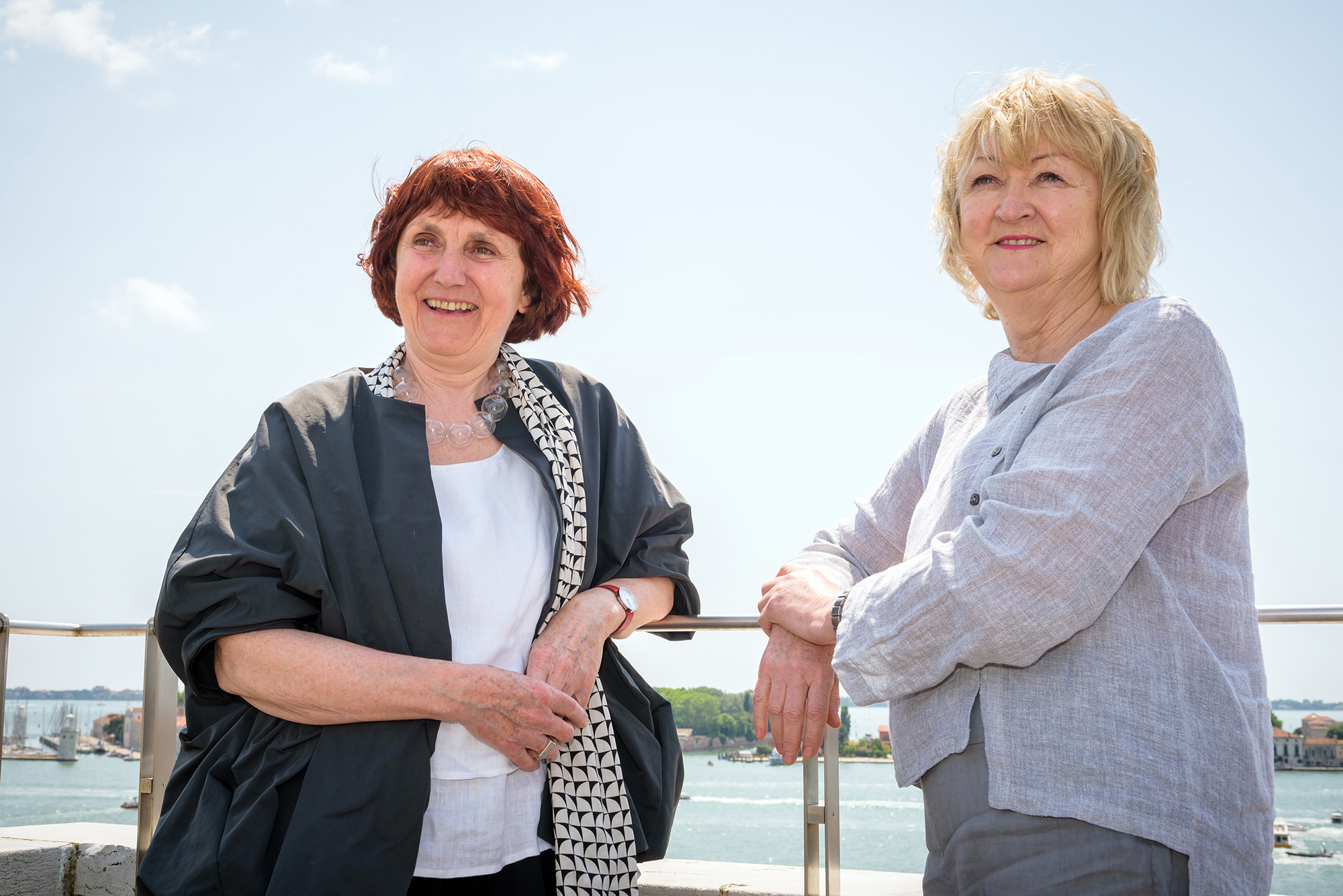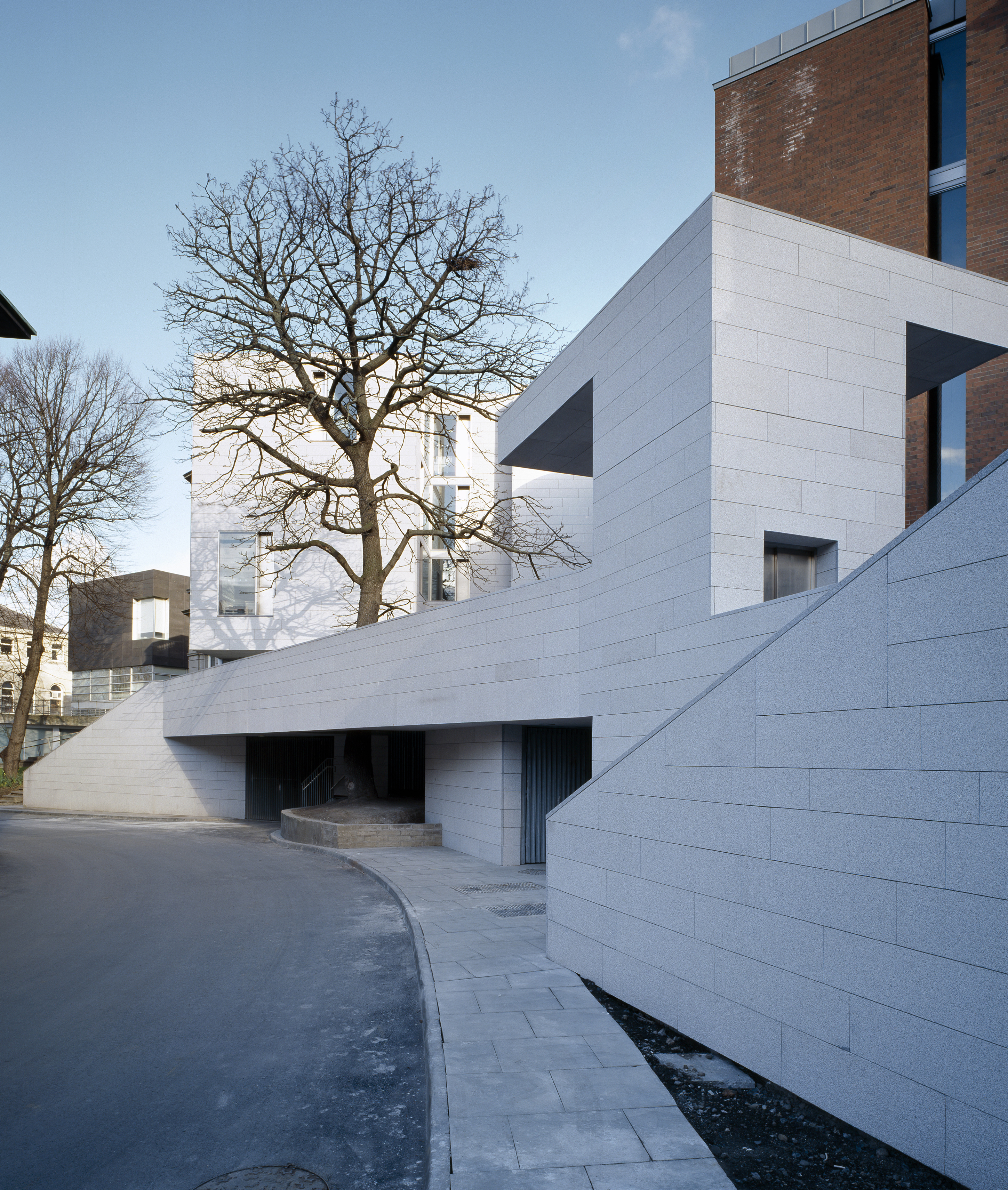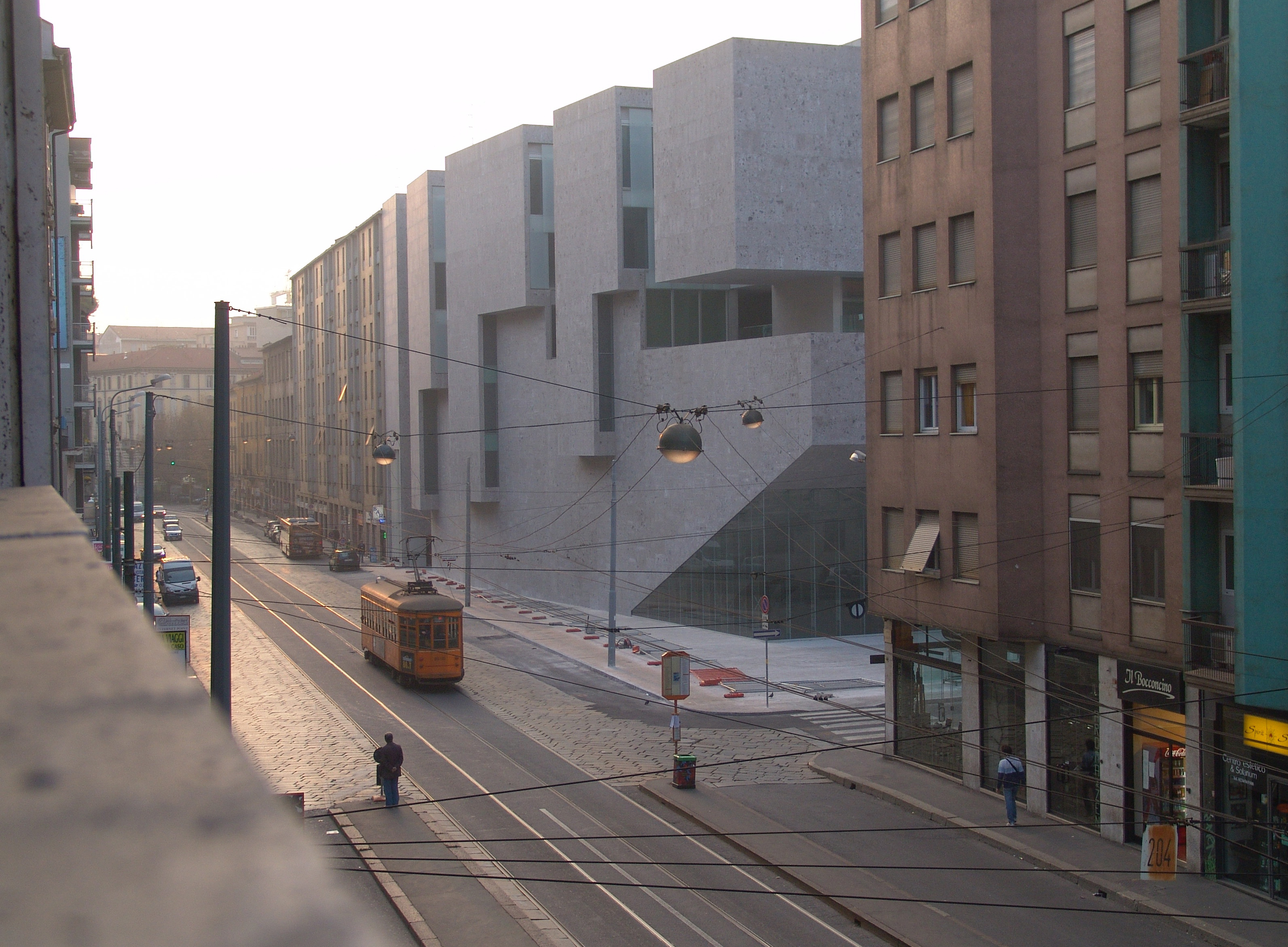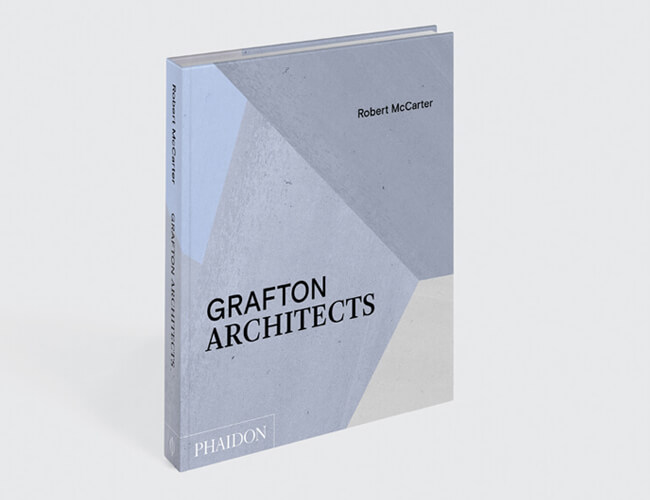
Grafton Architects find their happy place (and ours too)
Shelley McNamara and Yvonne Farrell explain why generosity of spirit should be at the core of architecture
Grafton Architects like to keep things quite simple. “Sitting under a blossoming cherry tree is as happy an architectural space as you’ll find,” they tell the Guardian’s Rowan Moore, in a new profile, published in advance of the opening of the Venice Architecture Biennale, which they are curating.
Blossoming tree branches might not be the first image that comes to mind looking at Grafton Architect’s bold, angular buildings.
Nevertheless, the architects Shelley McNamara and Yvonne Farrell have chose ‘Freespace’ as their Biennale theme, which they characterise as “a generosity of spirit and a sense of humanity at the core of architecture's agenda, focusing on the quality of space itself.” They have invited a selection of like-minded architects to demonstrate these qualities with three-dimensional installations of “scale and quality”.

While the pair acknowledge that “wild horses of need, commerce, regulations, speed and time” tend to pull architecture towards less human noble aims, McNamara and Farrell argue that emotional elements need to be at the centre of their profession, in order to make it worthwhile.
Emphasis on geographical and social considerations can be seen in, say, the architect’s Università Luigi Bocconi, in Milan, which slots into the built environment without compromising any of its challenging, geometric forms. It can be detected in the works they champion, such as Eileen Gray’s Villa E-1027 in southern France, or Danish architect Jørn Utzon’s simple, tiled concrete bench, installed beside his house in Mallorca which is, they tell the Guardian, “moulded perfectly to the human body for comfort and pleasure”, and serves as a “word of greeting” beside the architect's home.

Yet it’s also present in the manner in which Shelley and Yvonne view each other. “I’m a rock person and she’s a bog person,” says McNamara of herself and Farrell, with reference to their places of birth: McNamara in rocky County Clare, and Farrell in lower-lying County Offaly.
Neither sound like ideal architectural sites, yet working together, Grafton Architects prove great human spaces can be found, almost anywhere, in both the natural and the built environment.

For more on Grafton Architects work and outlook get this new book and for more on Jørn Utzon get this book about his his most famous building The Sydney Opera House.